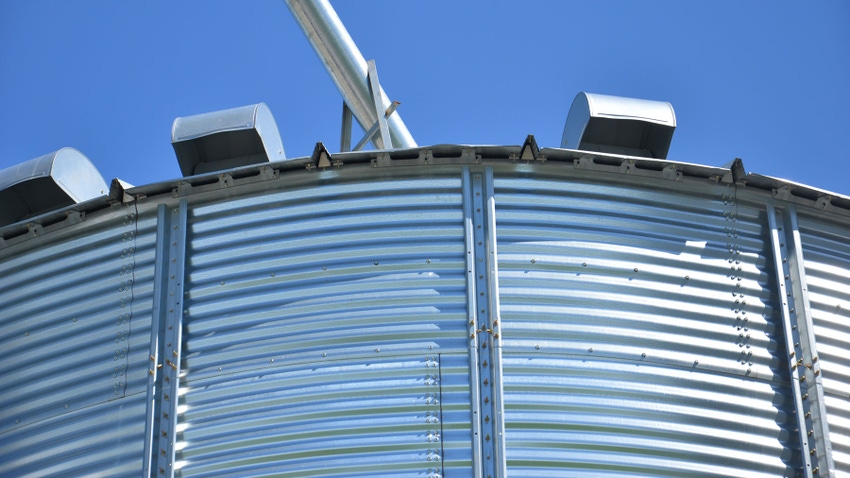
The latest annual report of confinement incidents and deaths on farms across the U.S. was not encouraging. Bill Field, Purdue Extension farm safety specialist, says deaths from grain bin entrapments were up significantly from the previous year. He suspects farmers dealing with out-of-condition grain contributed to the uptick.
“There will be fewer problems unloading bins if we can keep grain in condition,” says Greg Trame, director of technology sales for GSI, based in central Illinois. “If you know for certain that you are only storing corn until February, you should be OK drying to 15%.
“However, if you know you will store into May, June, July and August, your goal should be 14%. If you’re storing beyond August, set a target closer to 13%.”
Some may ask, “Does storing that extra percent from 15 to 14 really matter?”
“Yes, it’s a big deal — a huge deal,” Trame insists. “If you cool down corn properly, it will stay cold into winter. But as spring arrives and you get the sun shining on the bin, you get a big temperature difference setting up in that outside foot or two of grain.
“That creates condensation, which leads to spoilage on the outer edge. That is what forms chunks, which clog augers.”
Managing grain temperature
“What you don’t want is 80 degrees [F] outside air temperature and 40-degree grain temperature,” Trame says. “Condensation will form water droplets.”
The best advice is keeping grain temperature within 15 to 20 degrees of outside air temperature.
“Some people prefer to leave it cold until they sell it,” he notes. “If you completely empty the bin, that can work. Otherwise, trouble can start. As you unload a cold bin, water forms and runs along grain handling equipment into grain. Moisture leads to spoilage.”
Trame advises farmers storing into spring and early summer to invest in automation for grain aeration. GSI offers effective options, and other companies do also.
“One big advantage is that once you set a target grain temperature, the system will search for opportunities to aerate,” he says. “The system will turn fans on and off and manage grain efficiently.”
Especially in the heart of planting season, when grain often needs aeration to warm it up, knowing it will be done for you is a big plus, he says.
Moisture level matters
You still need to manage grain temperature if you dry to 14% vs. 15%, Trame says. “The difference is you are much less likely to run into storage problems if you dry to 14%.
“We realize farmers can turn grain through the dryer faster and keep grain away from the combine quicker if they only dry to 15%. You get to sell a little more water too. But the bottom line is that if you know you’re storing into spring and early summer, it’s not worth the risk. You need to dry to 14%.”
Human nature may also factor in, Trame says. “If your goal is 15%, soon you may be cheating up half a percent, thinking it will be OK. Now you’re at 15.5% or higher,” he says. “If you’re storing into spring and summer, odds are it won’t be OK.”
About the Author(s)
You May Also Like




